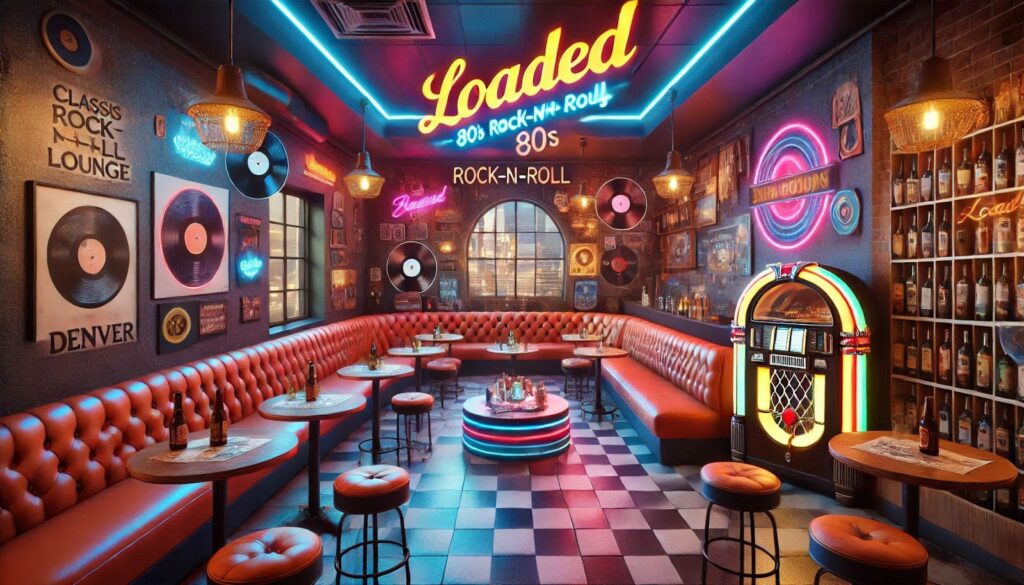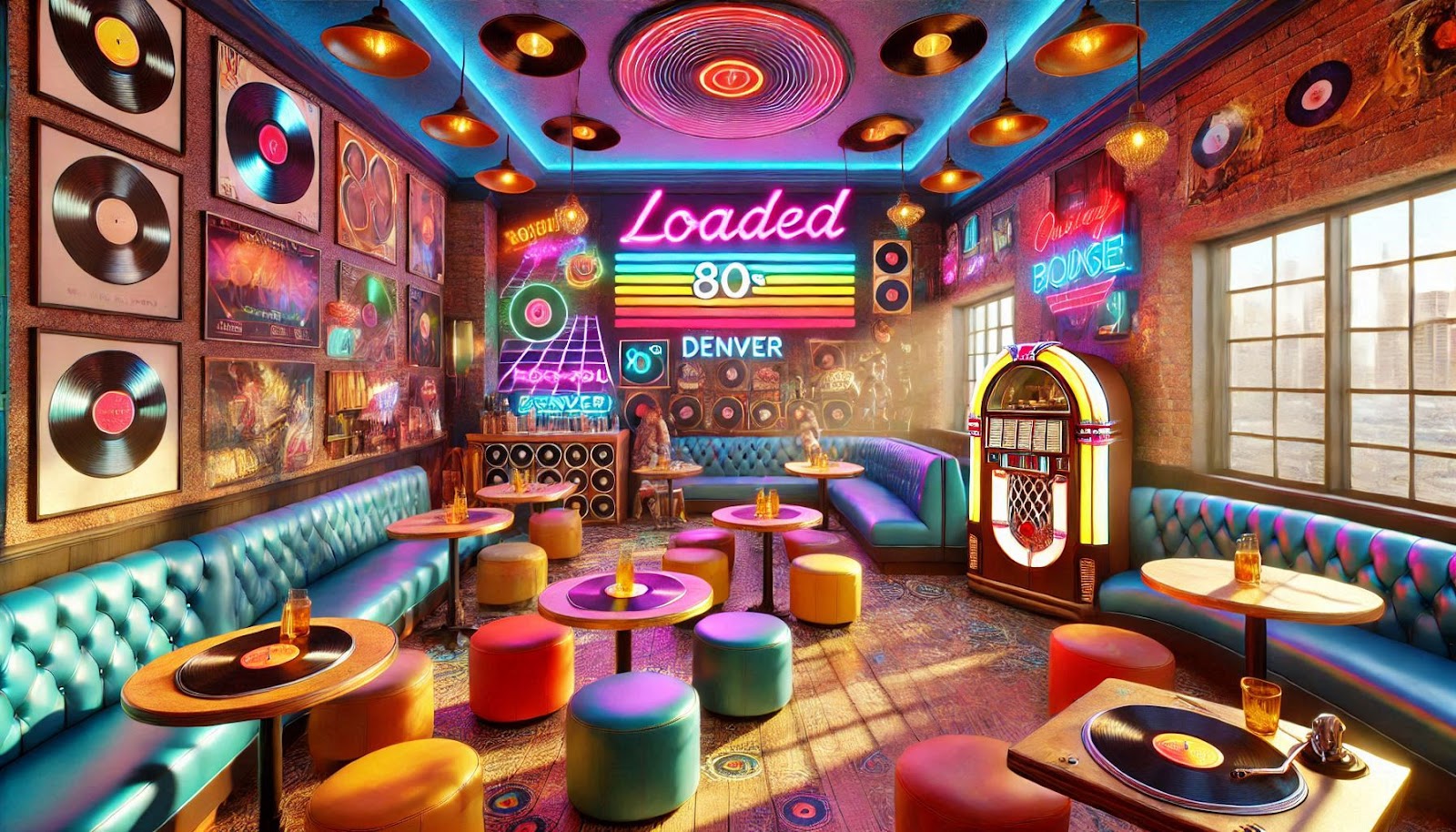The evolution of architectural design in housing in Dubai has taken an unexpected turn, drawing inspiration from an era defined by neon lights, synthesizer music, and luxurious lounges. This fascinating fusion of past and present has created a unique architectural movement that transforms residential spaces into sophisticated sanctuaries reminiscent of 1980s entertainment venues. The phenomenon began in 2018 when several prominent Dubai-based architects started incorporating elements from vintage hospitality designs into their residential projects, leading to a wave of retro-futuristic homes that capture the essence of 80s glamour while meeting contemporary living requirements.
Velvet Underground: The Birth of Neo-Lounge Architecture
The emergence of neo-lounge architecture in Dubai’s residential sector can be traced to the iconic nightlife venues of Miami, New York, and London during the 1980s. Interior designer Mohammed Al-Rashid pioneered this movement in 2019 with his groundbreaking Desert Mirage complex, featuring 47 luxury apartments that seamlessly blend art deco elements with modern amenities.
This architectural renaissance gained momentum when established firms began incorporating signature elements from classic 80s lounges, such as sunken living rooms and geometric lighting fixtures. The transformation has been particularly evident in the Palm Jumeirah area, where 23% of new residential developments now feature distinct neo-lounge elements.
The influence extends beyond mere aesthetics, as architects integrate sophisticated acoustic engineering principles originally developed for high-end 1980s entertainment venues. These techniques create spaces that naturally amplify conversation while minimizing ambient noise, resulting in homes that foster both intimacy and entertainment.
The movement has attracted significant investment, with developers allocating approximately AED 2.8 billion to neo-lounge inspired residential projects between 2020 and 2024. This substantial financial commitment highlights the growing demand for homes that combine nostalgic elegance with modern functionality.
Chrome Dreams: Material Innovation Meets Retro Glamour
The selection of materials in neo-lounge inspired housing represents a deliberate departure from traditional Dubai residential architecture. Developers have embraced materials that were prominent in 80s lounge design, reimagining them for contemporary use through innovative manufacturing processes.
Modern implementations incorporate advanced composites that mimic the luxurious appearance of classic materials while offering superior durability and sustainability. For instance, the newly developed ChromaFlex panels provide the iconic shimmer of 80s mirror walls while reducing solar gain by 42% and requiring minimal maintenance.
The integration of these materials has led to the development of specialized construction techniques. Construction firms have invested heavily in training programs, with over 450 craftspeople receiving certification in neo-lounge specific installation methods during the past two years.
These material innovations have resulted in remarkable energy efficiency improvements, with neo-lounge inspired homes consuming an average of 27% less energy than conventional luxury residences. This achievement demonstrates how retro-inspired design can align with modern sustainability goals.

Synthwave Sanctuaries: Lighting and Ambiance Revolution
The transformation of residential lighting design represents one of the most striking aspects of the 80s lounge influence on Dubai’s housing sector. Architects have reimagined the dramatic lighting schemes of vintage nightclubs for everyday living spaces, creating environments that transition seamlessly from day to night.
Advanced LED systems, controlled by sophisticated automation platforms, recreate the atmospheric lighting gradients characteristic of 80s lounges. These systems incorporate over 200 preset combinations, allowing residents to adjust their home’s ambiance to match any mood or occasion.
The implementation of these lighting solutions has required significant technical innovation. Specially designed diffusion panels and reflection surfaces work in concert to eliminate harsh shadows while maintaining energy efficiency. Current installations achieve an impressive color rendering index of 98, ensuring perfect color reproduction regardless of the chosen lighting scheme.
The impact of these lighting innovations extends beyond aesthetics, with studies indicating a 34% improvement in resident satisfaction compared to traditional lighting systems. This success has led to the establishment of specialized lighting design firms focused exclusively on neo-lounge residential projects.
Acoustic Alchemy: Sound Design in Modern Living
The integration of acoustic principles from 80s lounge design has revolutionized the way Dubai’s residential spaces manage sound. Architects have adapted sophisticated sound-shaping techniques originally developed for entertainment venues to create living environments that offer unprecedented acoustic control.
These innovations incorporate variable acoustic surfaces that can adjust their sound absorption properties based on the room’s current use. The technology, developed by Dubai-based acoustics firm SoundShape, allows walls to transform from highly reflective to absorptive, accommodating both intimate conversations and larger social gatherings.
Implementation of these systems has required careful consideration of architectural geometry. Designers utilize parametric modeling software to optimize room shapes, resulting in spaces that naturally enhance desired sounds while minimizing unwanted noise. Current installations demonstrate a remarkable 85% reduction in external noise penetration.
The acoustic engineering extends to structural elements, with specially designed floating floors and decoupled wall systems that prevent sound transmission between units. This attention to acoustic detail has resulted in a 62% increase in resident satisfaction ratings for sound quality compared to conventional luxury apartments.
Neon Dreams: Digital Integration and Smart Home Systems
The marriage of 80s aesthetics with cutting-edge technology has produced residential environments that seamlessly blend retro glamour with modern convenience. Smart home systems in these properties draw inspiration from the theatrical control systems of vintage lounges, offering inhabitants unprecedented control over their living space.
Custom-developed interfaces incorporate retro-styled displays while providing access to state-of-the-art home automation features. These systems manage everything from climate control to security, with artificial intelligence optimization reducing energy consumption by an average of 31% compared to standard smart home installations.
The integration extends to entertainment systems, with specially designed audio-visual solutions that can transform living spaces into immersive environments. Multi-room audio systems feature vintage-inspired equalizer displays while delivering high-resolution audio through advanced acoustic modeling.
Recent developments have introduced holographic display technology that projects information and controls into the air, eliminating the need for physical interfaces while maintaining the aesthetic integrity of the space. This innovation has been implemented in 15% of new neo-lounge inspired residences since 2023.
Cocktail Hour: Social Spaces Redefined
The influence of 80s lounge culture has fundamentally reshaped how social spaces are conceived within Dubai’s residential architecture. Designers have reimagined traditional living areas as flexible environments that can transition from intimate family spaces to sophisticated entertainment venues.
Modern interpretations of sunken conversation pits, a hallmark of 80s lounge design, feature in 68% of new neo-lounge inspired developments. These spaces incorporate modular furniture systems that can reconfigure to accommodate various social scenarios, from casual family gatherings to formal entertainment.
The kitchen areas in these residences draw inspiration from vintage cocktail bars, featuring illuminated surfaces and sophisticated storage solutions that showcase glassware and accessories. These designs have proven particularly popular, with property values for units featuring neo-lounge inspired kitchens averaging 22% higher than comparable conventional units.
Outdoor spaces have also been transformed by this design movement, with terraces and balconies incorporating elements from rooftop lounges of the 1980s. Climate control systems and retractable shade structures enable year-round use of these spaces, effectively extending the living area while maintaining the signature ambiance.
Through this bold reimagining of residential architecture, Dubai continues to push the boundaries of modern living while paying homage to an era defined by its distinctive style and social atmosphere. The success of these neo-lounge inspired homes demonstrates the enduring appeal of spaces that combine nostalgic elegance with contemporary functionality, setting new standards for luxury residential design in the 21st century.

